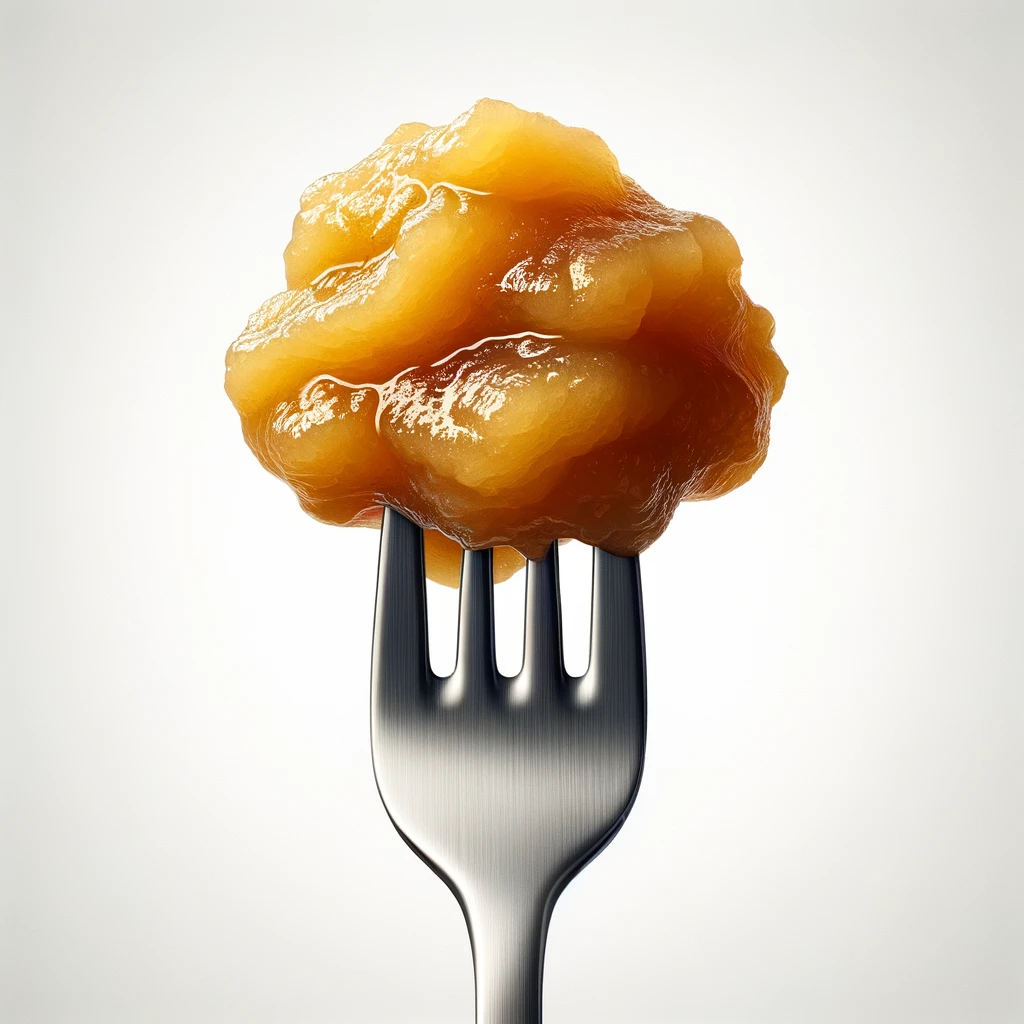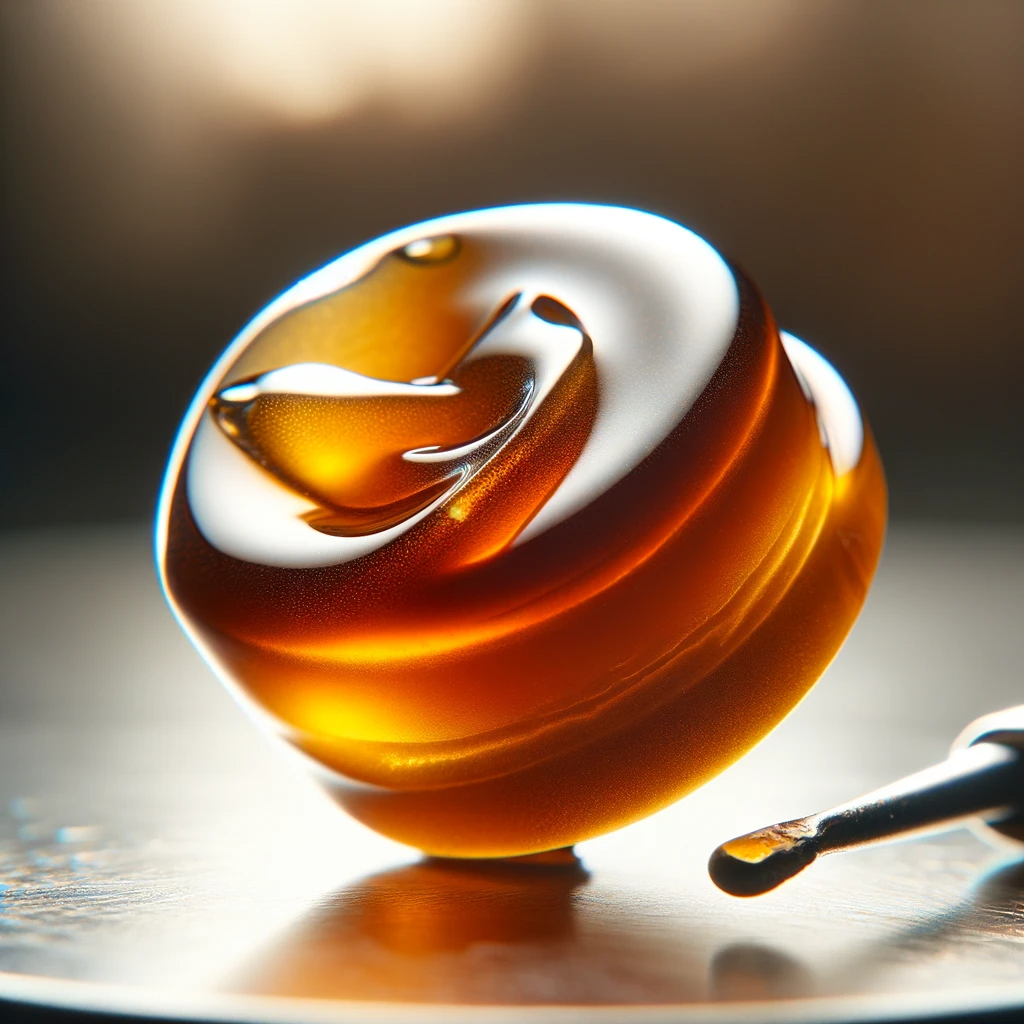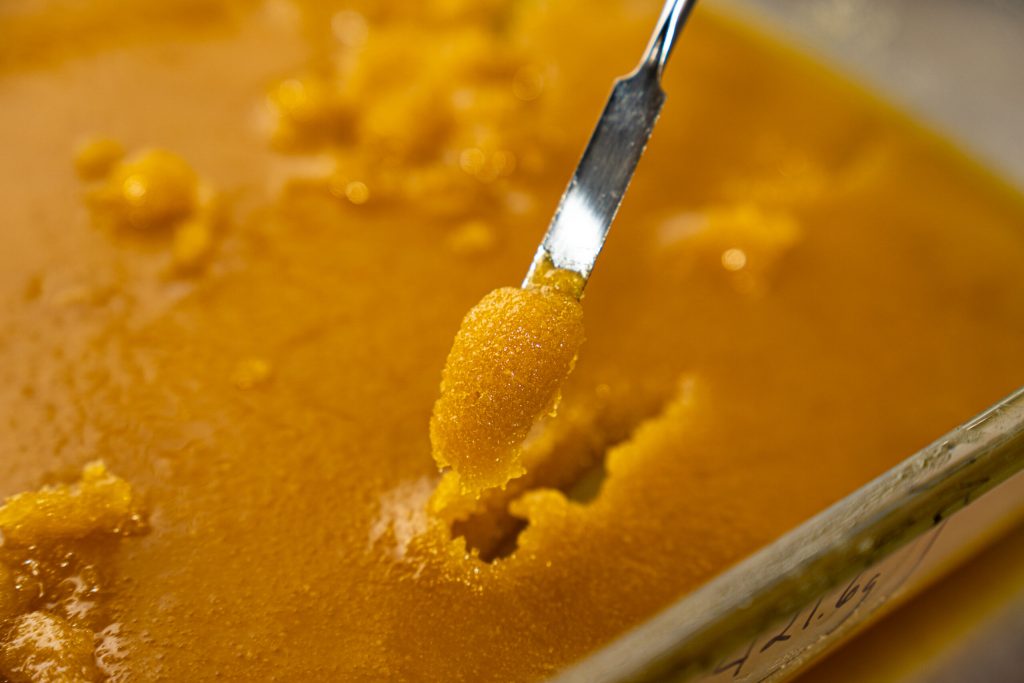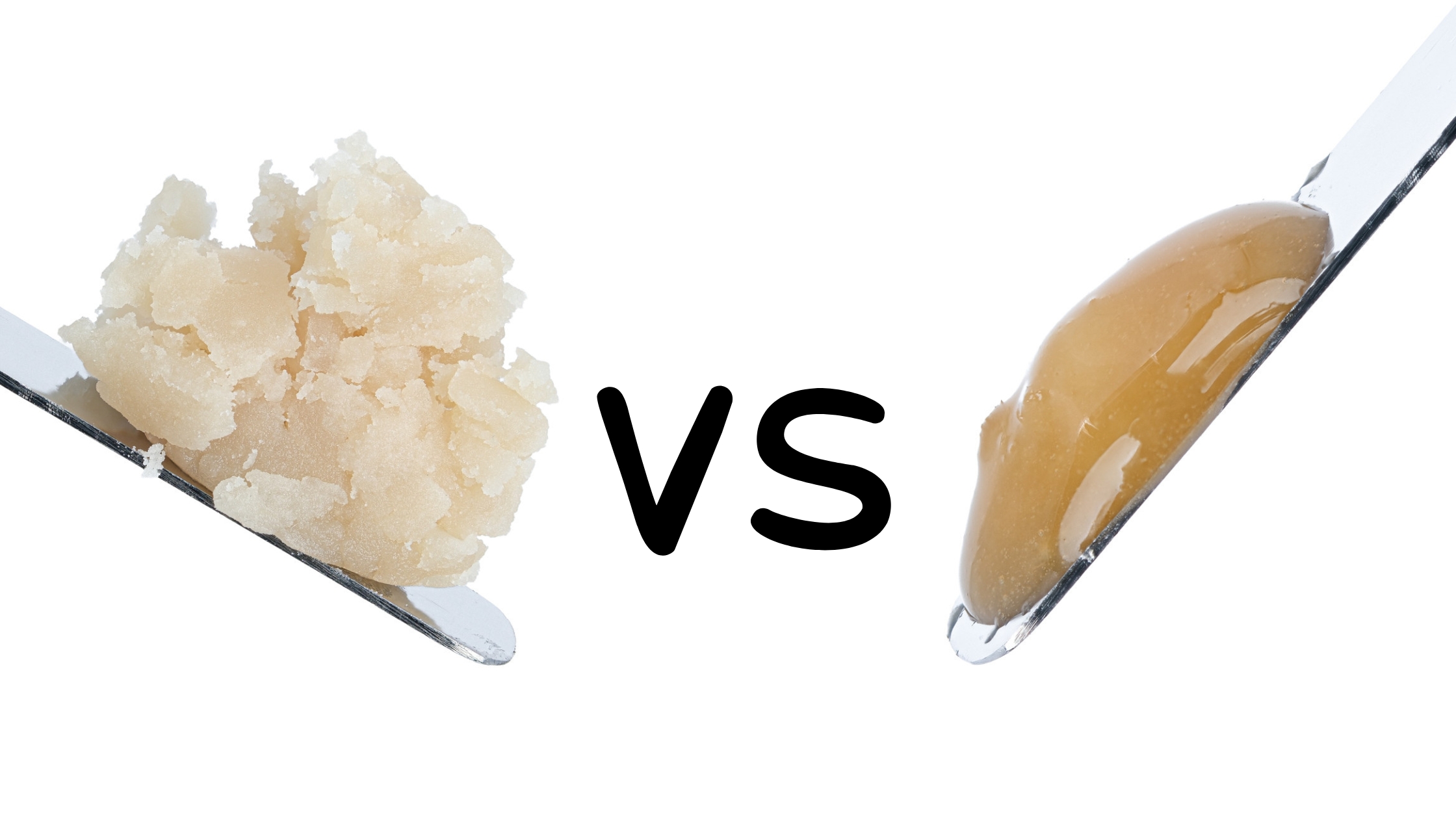When it comes to cannabis concentrates, two popular choices that often stand out are THCa Badder and Live Rosin. Each offers its own unique qualities and extraction processes, and understanding the differences between the two can help enthusiasts make informed decisions about their cannabis consumption. In this article, we delve into the distinct characteristics of THCa Badder and Live Rosin, shedding light on their production methods, textures, flavors, and potency.
THCa Badder: The “Badder” Choice

THCa Badder gets its name from its texture, which resembles cake batter. It is sticky, malleable, and easy to handle, making it a preferable option for many consumers. Not as gooey as wax nor as brittle as shatter, THCa Badder strikes a balance that makes it user-friendly.
Production Process:
Badder production typically involves the use of solvents like butane or CO2 to extract essential compounds from the cannabis plant. The choice of solvent plays a crucial role in shaping the final product’s characteristics. Butane extraction results in a more complex flavor profile, while CO2 extraction is considered a safer option, albeit potentially altering the texture slightly.
Texture and Potency:
The texture of THCa Badder affects its ease of use and plays a role in its potency. Its malleable consistency allows for easy dabbing or scooping, making it a versatile option for consumers looking to customize their experience. The potency of THCa Badder can vary depending on the extraction method and the strain used, with some batches boasting higher THC levels than others.
THCa Live Rosin: The Solvent-less Concentrate

THCa Live Rosin is a solvent-less concentrate without chemicals, solvents, cuts, or flavor additives. Considered the liquid gold of cannabis concentrates, Live Rosin is highly sought after for its potency and unparalleled flavor profile.
Production Process:
The production of THCa Live Rosin involves a unique extraction method that starts with the immediate flash-freezing of raw cannabis plants post-harvest. By preserving the plant’s terpenes and cannabinoids in their natural state, Live Rosin captures the original plant’s essence. Strains like Blue Dream and Wedding Cake are carefully cultivated and processed to ensure maximum potency and flavor retention.
Texture and Flavor:

THCa Live Rosin is known for its smooth texture and rich flavor profile, thanks to the preservation of terpenes during the extraction process. The absence of solvents in the production of Live Rosin allows the concentrate to retain its natural aroma and taste, providing a true representation of the strain used. The potency of Live Rosin is typically high, making it a favorite among experienced cannabis users seeking a robust and flavorful experience.
Comparing THCa Badder and Live Rosin
Texture:
While THCa Badder boasts a cake batter-like texture that is easy to manipulate, Live Rosin is known for its smooth and pliable consistency. Badder’s malleability makes it convenient for dabbing or vaping, whereas Live Rosin’s texture lends itself well to various consumption methods, including dabbing and mixing with flowers.
Production Method:
THCa Badder is produced using solvents like butane or CO2, resulting in a concentrate with a diverse cannabinoid and terpene profile. On the other hand, Live Rosin is extracted without using solvents, preserving the natural compounds present in the fresh-frozen plant material. This difference in extraction methods accounts for each concentrate’s distinct flavors and potency levels.
Potency and Flavor:
THCa Badder and Live Rosin offer potent experiences, but their flavor profiles differ due to their extraction processes.
THCa Badder, extracted using solvents, may exhibit a more robust and complex flavor profile, with nuances influenced by the chosen extraction method. Conversely, with its solvent-less extraction process, Live Rosin delivers a pure and authentic representation of the strain’s terpenes and cannabinoids, resulting in a rich and flavorful concentrate.
Which One to Choose?
Choosing between THCa Badder and Live Rosin ultimately depends on personal preference and desired experience. If you value convenience, ease of use, and a varied flavor spectrum, THCa Badder may be your ideal option. On the other hand, if you prioritize purity, potency, and a true-to-strain flavor experience, Live Rosin could be the perfect fit.
For those looking to elevate their cannabis experience with a potent and versatile concentrate, THCa Badder from WNC CBD is a top choice. Its unique texture, strong effects, and premium quality make it a standout option in the market. Whether you are a seasoned cannabis user or new to concentrates, THCa Badder provides a potent and flavorful experience that is sure to impress. Plus, you can take an extra 15% off with their coupon code, TRY15.
THCa Badder Vs Live Rosin – Conclusion
THCa Badder and Live Rosin offer unique qualities that cater to different preferences within the cannabis community. Whether you opt for the malleable and flavorful THCa Badder or the potent and pure Live Rosin, both concentrates promise an elevated cannabis experience worth exploring.
Disclaimer: The information provided in this article is for educational and informational purposes only. It is not a substitute for professional medical advice, diagnosis, or treatment. Always seek the advice of your physician or other qualified health provider with any questions you may have regarding a medical condition.
